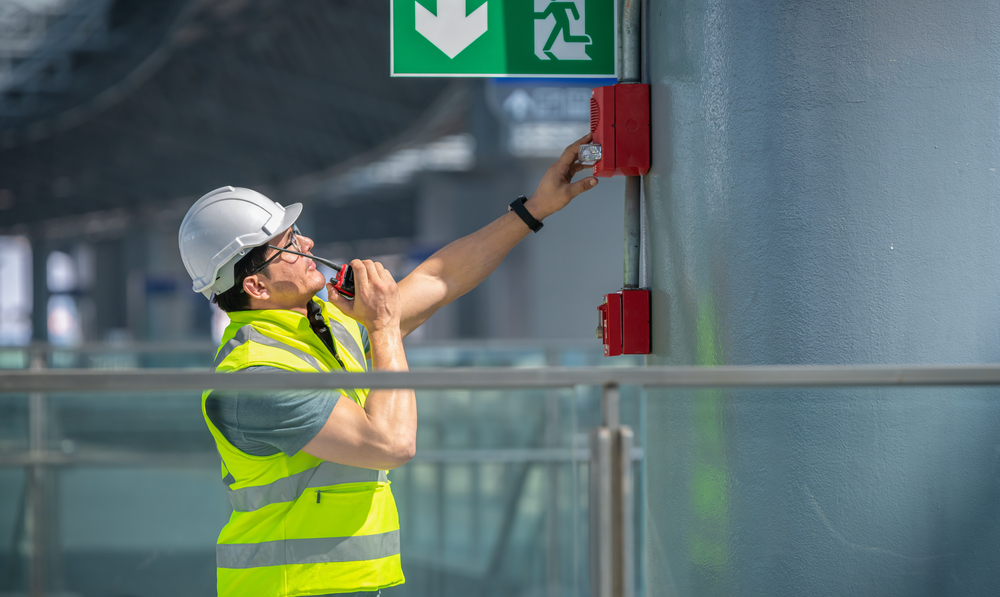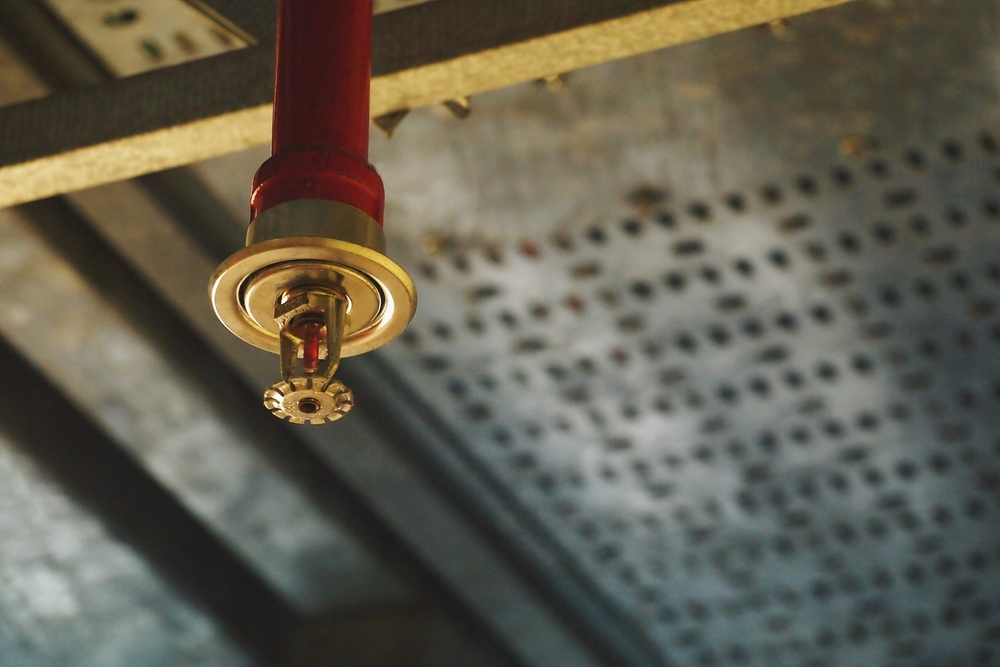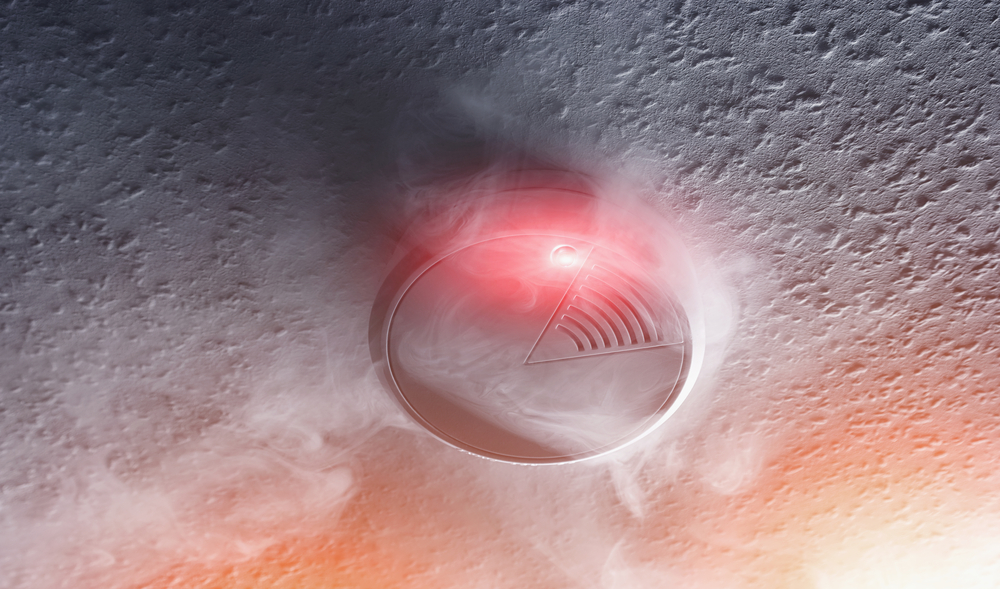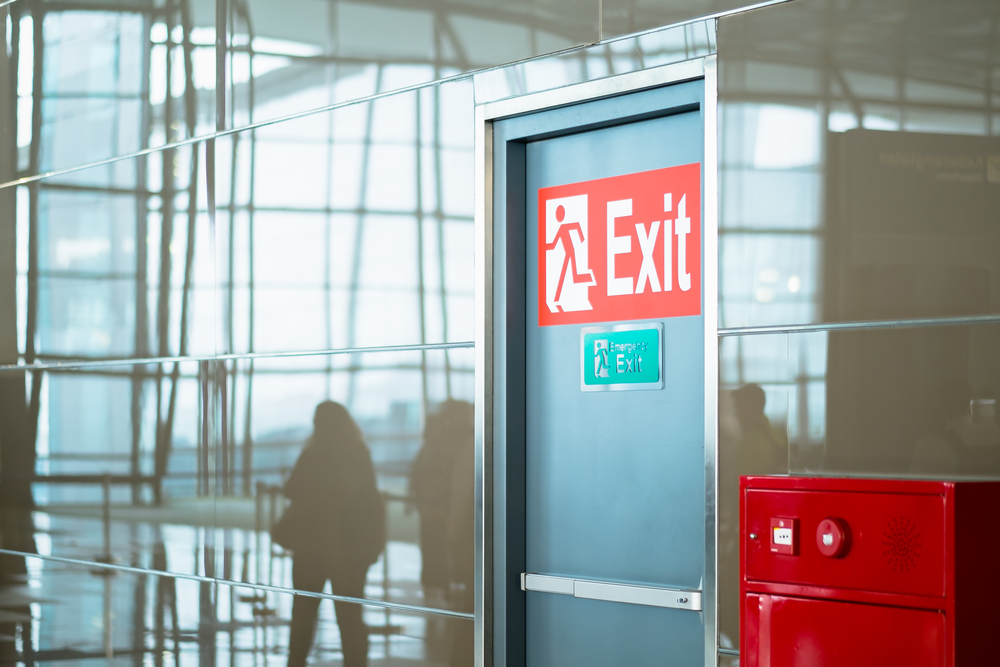
Fires are the leading cause of death and serious injuries in buildings. Which is precisely why prevention is key when attempting to reduce the number of fatalities. Prevention and detection are the main lines of defence before firefighters fearlessly put out the flames.
There are different fire safety methods you should keep in mind before completing your building project. Be it smoke detectors or strobe light alarms, passive fire protection is crucial for the safety of the people residing within the building.
A sound and efficient fire safety design is crucial to prevent any unnecessary casualties if a fire were to break out in a building. When considering a fire safety design, there are three key components for a solidified safety design: detection, suppression, and control.
Let’s look at the fire detection, suppression, and control methods you can utilise to ensure your tenants are constantly safe.

Detection
Fire detection is the crucial first step in ensuring the safety of those affected. Devices that detect smoke and sensors are the most common form of fire detection. These devices use heat sensors and infrared technology to detect smoke before a fire breaks out. As soon as smoke is detected, an alarm will be triggered to inform residents that there is a possible fire in the building – allowing them to escape safely.
One of the main reasons why people perish in a fire is due to them not being able to evacuate in time. Therefore, it is critical that early detection is possible before the flames spread.

Suppression
If a fire does break out, it is imperative that it is suppressed before professional firefighters arrive. One of the main fire suppression systems is the installation of sprinklers. As soon as high levels of smoke are detected, water is immediately sprayed in large volumes to prevent the flames from spreading to other areas of the building.
Control
After detecting and suppressing a fire, it is now necessary to maintain control in the building. This is achieved by designing efficient fire exits that can be used by occupants and firefighters. Additionally control can be achieved by training residents on how to act during a fire.
Fire drills can help occupants understand where the nearest fire exit is, where they should assemble outside the building, and how they should act during an emergency.

Contact BlueTec Consultancy SG Today
Our highly qualified engineering staff is more than willing to advise you on the ideal fire safety installation procedures. With our years of experience, you can rest assured that our skills will align perfectly with your needs, allowing a quick and efficient journey with us.We assure you and your company that working with us will be a hassle-free, economical, and smooth experience.
To learn more about our fire safety installation services and other services offered by BlueTec M&E Consultancy, contact us today!
